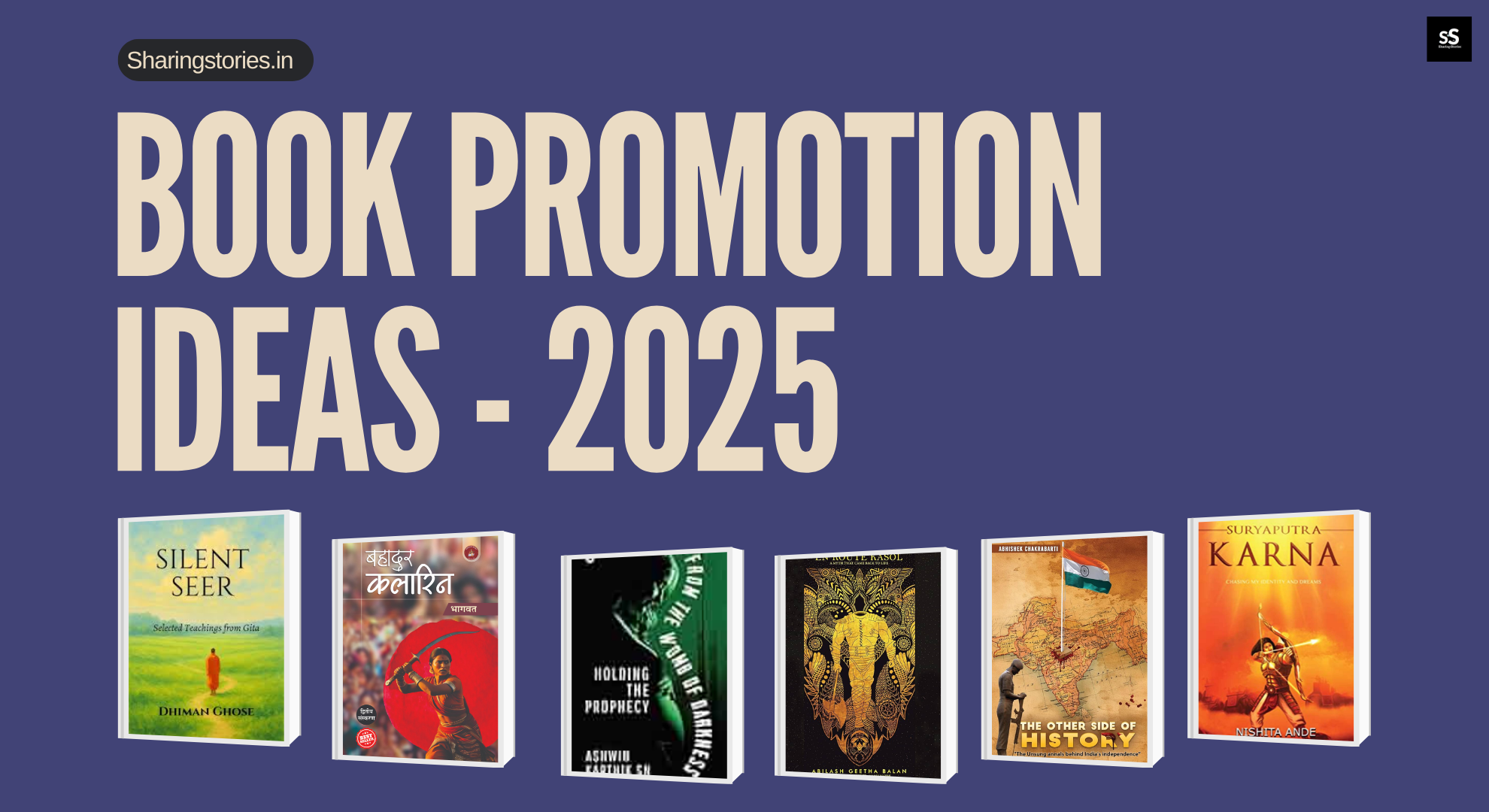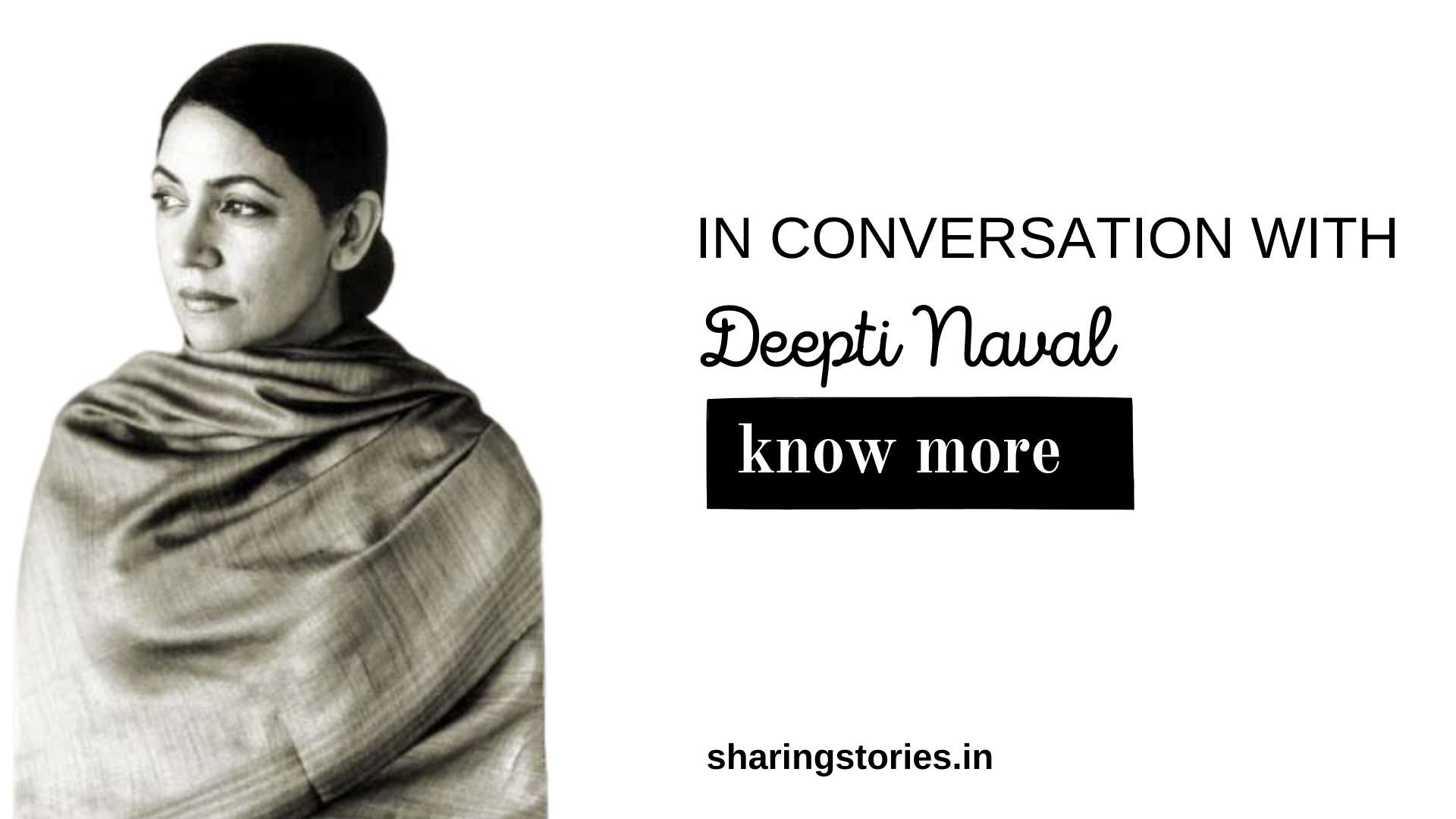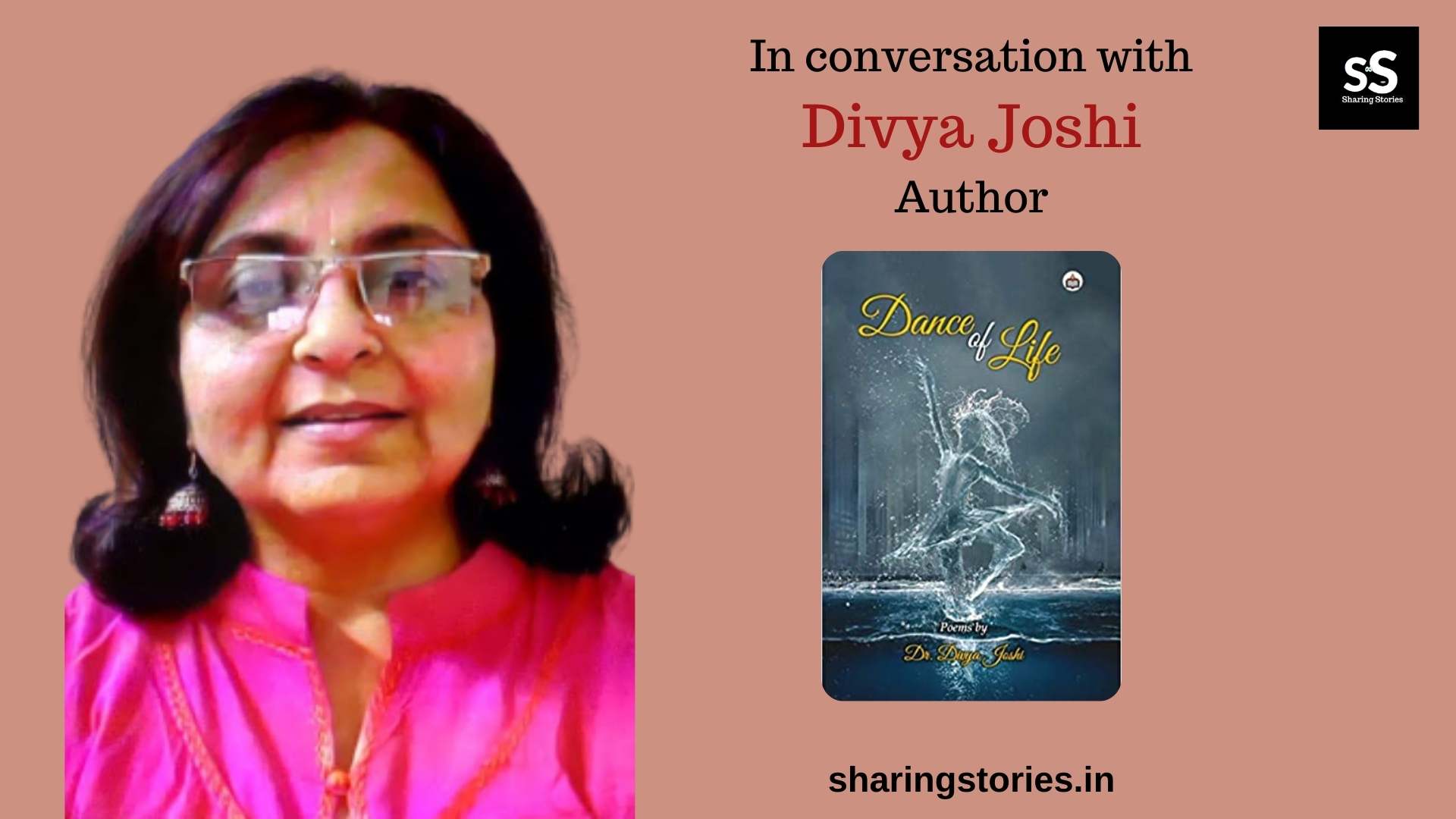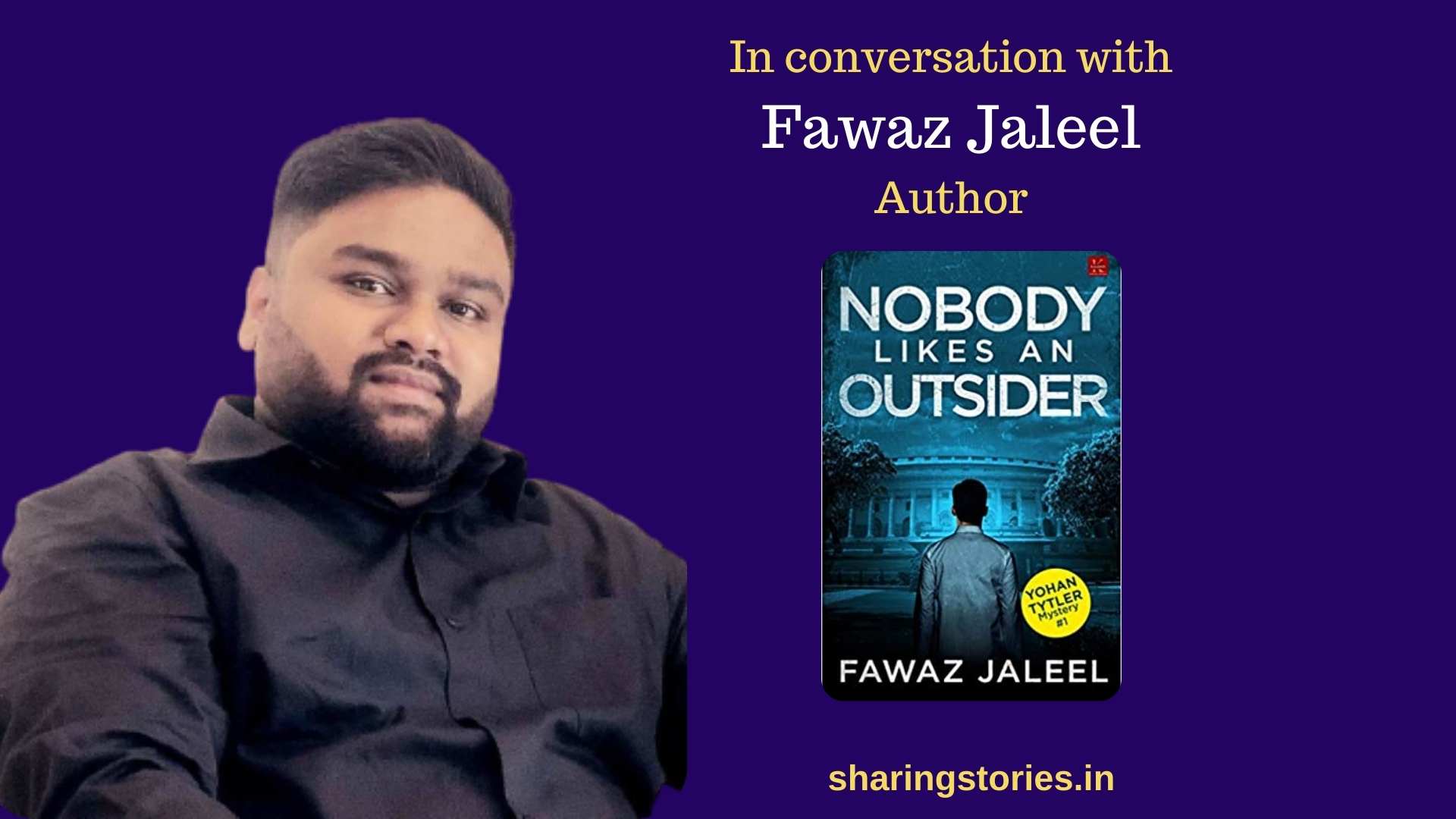
Life Is a Battlefield presents the Bhagavad Gita in a way that addresses modern challenges like anxiety and burnout. What motivated you to connect this ancient wisdom to today’s fast-paced world?
Anxiety is not just a modern issue; it’s a challenge that human beings have struggled with since the dawn of civilization. Shri Krishna is perhaps the greatest psychologist ever; he understood how the mind functions, making the Bhagavad Gita a masterpiece on managing the mind. As the Gita states, depending on our perspective, the mind can be our greatest ally or our worst enemy. Krishna’s teachings helped me face life’s challenges, and the peace I found inspired me to write ‘Life is a Battlefield’ as a self-help guide, linking this ancient wisdom to modern life.
Your personal journey from a career in banking and tech to studying Vedanta and writing spiritual books is remarkable. How have these experiences shaped the way you interpret the Gita?
I didn’t interpret the Gita personally; I understood it through the lens of Advaita Vedanta. Vedanta is the knowledge of our true nature, the eternal Atman beyond the body-mind complex. Once someone starts to see themselves from the perspective of the higher Self, their entire outlook shifts. Two major changes happen: you experience peace and achieve fearlessness.
Get Movie-Like Book Trailers & Sky Rocket Your Book Promotions Today! Visit Plotsformovies.com
Many readers struggle with translating philosophy into action. How do you make the Gita’s insights practical for everyday decision-making and stress management?
Yes, translating theory into practice is often difficult. It is easy to recognize wise words, but not so easy to put them into action. Shri Krishna understood this and therefore taught Arjuna Karma yoga, the act of spiritualizing everyday actions. Karma yoga offers a practical means of avoiding stress.
कर्मण्येवाधिकारस्ते मा फलेषु कदाचन |
मा कर्मफलहेतुर्भूर्मा ते सङ्गोऽस्त्वकर्मणि || 2.47
karmaṇy-evādhikāras te mā phaleṣhu kadāchana
mā karma-phala-hetur bhūr mā te saṅgo ’stvakarmaṇ
Stress arises when we try to control what we cannot. Therefore, in this verse, Shri Krishna teaches us to let go of the outcome and focus only on what we can fully control—our effort. This simple technique is used by people in all fields to achieve success. Roger Federer said in a commencement speech he gave at Dartmouth College that when he plays a point, he concentrates completely on that point, but once it’s over, he moves on. Focusing on what we can control is a powerful way to reduce anxiety in stressful situations.
Your writing draws on some of the most powerful verses of the Gita. Were there any verses that challenged your own thinking or pushed you to rethink your perspective?
मात्रास्पर्शास्तु कौन्तेय शीतोष्णसुखदु:खदा: |
आगमापायिनोऽनित्यास्तांस्तितिक्षस्व भारत || 2.14||
mātrā-sparśhās tu kaunteya śhītoṣhṇa-sukha-duḥkha-dāḥ
āgamāpāyino ’nityās tāns-titikṣhasva bhārata
This verse teaches the lesson of forbearance that is essential to learn if we want to find peace. Rather than crashing against a monster wave, we must learn to ride it. As Shri Krishna says, both joy and sorrow are temporary states; they touch us and then move on like summer and winter. The wise person doesn’t become overly excited or arrogant in good times or overly despondent when facing difficulties. This teaching had a profound effect on me; it changed how I viewed challenging times, helping me realize that no sorrow is permanent. We just need to develop the strength to endure with courage what we cannot change.
How does your study of Advaita Vedanta influence the way you present the Gita’s teachings in this book?
The Gita is a summary of Vedanta in 700 verses. The Bhagavad Gita, the Upanishads, and the Brahma Sutras are the three canonical shastras (prasthana trayi) that form the philosophical basis of Advaita Vedanta. The Gita may be interpreted differently depending on the school of thought, but as a seeker in the path of Advaita Vedanta, my presentation of the Gita entirely follows this interpretation.
Having faced profound personal challenges, including illness and raising a child with autism, how did your lived experiences shape the examples and advice in Life Is a Battlefield?
When we face difficulties, we often feel like victims, almost as if we’ve been chosen to suffer. I felt this way too. Although this thinking is natural and instinctive, it is unhelpful. It worsens our sorrow by imagining worst-case scenarios. Instead, if we focus on our blessings, we shift our attention away from what causes us pain. Gratitude is a powerful emotion that helps reshape how we view challenges. This teaching had a big influence on me and is an important part of what I discuss in Life is a Battlefield.
Many interpretations of the Gita exist. How do you see your approach as distinct, and what unique perspective do you hope readers gain from your book?
My approach follows in the footsteps of Vedanta, which is thousands of years old yet ever fresh. The unique perspective I tried to bring in my book, Life is Battlefield, is blending ancient wisdom with modern living, so we can benefit from it today. There are many interpretations of the Gita. Mine aims to bring peace.
Finally, what do you hope readers will carry forward after finishing the book—both immediately and in the long term?
Vedanta relieves sorrow and offers deep, enduring happiness. This is its greatest gift. ‘Life is a Battlefield’ aims to explain Vedanta’s teachings in simple, easy-to-understand language that you can practice. Everyone seeks freedom from sorrow and the realization of supreme bliss—“duḥkha nivṛtti parānanda prāpti”. We just need to realize that this is not an impossible goal; we can attain it through dedication and devotion to what is eternal and by detaching ourselves from what is temporary and material. I wanted to leave readers with the knowledge that life may be a battlefield, but winning is possible with the right mindset.









